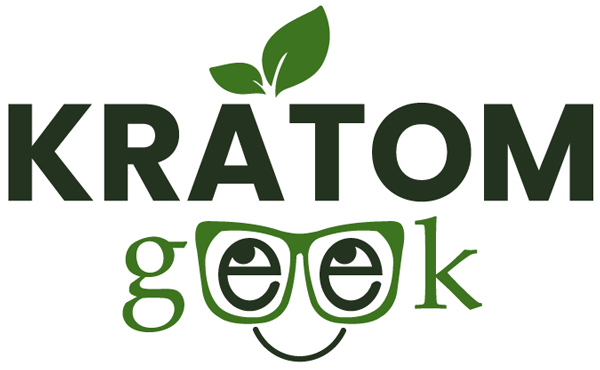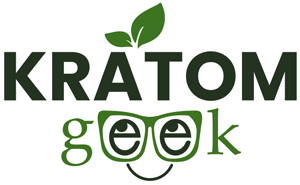Life is not easy for women in general. They go through lots of complications that men never worry about. Getting pregnant is one example. Don’t get me wrong. Bringing life into this world is miraculous. All of us are here today because our mothers gave us that gift, which we can never repay.
Yet, there are times when pregnancy becomes an undue burden on an unsuspecting woman. Sure, we can lump financial difficulties and a slew of other stumbling blocks that life throws in our paths into the mix when arguing such instances, but addiction is a whole different ballgame. And that’s a predicament no man will ever know.
Yet, it’s a tragedy that pregnant women with addiction problems have to face head-on in this world. But they don’t deal with the consequences alone. The infant is forced to struggle with the mother’s demons, too. And that makes the scenario a lot more complicated. But there are ways to help the mother and fetus overcome their battle. Medical treatments are available for women who need assistance. But unless a mother was to come forward and ask for support, medical professionals might be unable to know the issue exists until it’s too late.
That’s why some medical facilities take the initiative to discuss options with mothers they suspect might have substance abuse problems. And in certain situations, they perform drug screens to be sure. But now, some companies are adding kratom to the illicit substances they test for in the patient.
USDTL Created a New Drug Test for Newborns
In May 2020, the United States Drug Testing Laboratory (USDTL) put out a press release to publicize the company’s ability to detect the presence of kratom in a newborn through performing a drug test on the infant’s umbilical cord tissue.
An umbilical cord forms in the womb somewhere around the fifth week of gestation, which is the seventh week of pregnancy. After that, the umbilical cord grows along with the fetus throughout the term of the pregnancy, so the drug biomarkers are deposited consistently across the length of the cord.
The forensic laboratory is able to accomplish this because the umbilical cord tissue starts capturing foreign substances in the newborn’s system approximately 20 weeks prior to birth. And since the exposure of a fetus to maternal drug use can result in adverse reactions during the child’s development, this allows doctors to access with more accuracy the type of addiction that might be prevalent in a newborn that’s afflicted with complications resulting from the mother’s drug use.
Kratom companies have warning labels on their products warning pregnant and breastfeeding women not to take kratom, yet nobody can force a pregnant woman not to drink kratom. While it may not be as dangerous as other substances, there may be possible unknown risks. At this point, we don’t have enough scientific studies that provide the data we need. However, performing a drug test using tissue from an umbilical cord can give scientists an additional tool to help with research further down the line.
Addiction in Pregnant Mothers Carry Health Complications
The Centers for Disease Control and Prevention (CDC) provides educational material on its website about the risks associated with women with taking traditional opioids during pregnancy. And there is a long list of complications that can arise from using those medications. For the mothers, there is a possibility that it could lead to maternal death, which can risk the life of the child, too. Other than that particular threat, opiate use can also cause fetal complications, preterm birth, and stillbirth.
One of the primary dangers linked with opiate use in pregnant women is the possibility that the newborn might develop neonatal abstinence syndrome (NAS), which leads to neonatal opioid withdrawal syndrome (NOWS). Signs of the withdrawal disease will begin somewhere around 72 hours after birth. And the withdrawal symptoms can be quite severe, leading to life-threatening conditions. If a child survives the terrible ordeal, the birth defects could haunt the kid for the rest of its life.
According to one study, the evidence suggests that children afflicted with NAS had a higher chance of developing delay or speech or language impairment early on in childhood, compared to other children without the disease. Now, it is important to note that these types of studies are usually inconsistent with other studies. And that’s because more research is needed to learn about this complex matter. Even so, there are other contemplations doctors must make prior to moving forward with such studies: the ethical, legal, and social considerations for drug screenings of those involved.
Pregnant Women Only Have a Few Options to Battle Addiction
There are instances where the mother finds out she’s pregnant after developing an opioid use disorder (OUD). And doctors will help the patient to overcome their addiction. The Mayo Clinic, a non-profit academic medical center, highlights this scenario, informing the readers that medical practitioners will usually recommend an opioid-substitution medication like methadone to ween the mother away from opiates.
The National Institute on Drug Abuse states synthetic opioids like methadone and buprenorphine “have both been shown to be safe and effective treatments for opioid use disorder during pregnancy.” Yet, both drugs carry the risk that the child will develop NAS. And that’s no surprise. Both of those drugs are highly addictive: those drugs have the same addictive properties as the opiates they treat. Knowing that information, why has the Substance Abuse and Mental Health Services Administration (SAMHSA) used methadone to combat opioid addiction in pregnant mothers since the 1970s? Well, it’s probably because, according to scientific studies, the results of NAS in patients that took those medications were less severe than mothers taking illicit substances off the street.
Still, both methadone and buprenorphine have risks associated with them: overdose and addiction. So our government should start a new study using kratom. As a much safer alternative to opioids, the odds are kratom would be less harmful to pregnant women and their babies. And it would be interesting to see if there is a correlation between kratom usage and children developing NAS. My guess is kratom would be the safest bet.
We Should Use Kratom in Future Experiments
Nobody wants to learn that a child was placed in harm’s way because its mother had an addiction problem she was battling. But we also have to come to grips with the fact that it happens all the time in our nation. And this serious misfortune seems to be a growing trend. According to the Treatment Episode Data Set (TEDS) Report of 2013, 4.4 percent of the women who sought substance abuse treatment (between the ages 15-44) were pregnant that year.
The number of pregnant women with OUD at the time of delivery more than quadrupled from 1999 to 2014. Researchers discovered the national prevalence rate of OUD increased from 1.5 per 1000 delivery hospitalizations back in 1999 to 6.5 per 1000 in 2014. And those statistics come directly from an analysis performed by the CDC. But another six years have passed since that study. So there’s no telling where we’re at right now. You can rest assured that data is most likely higher. Opioid addiction in mothers doesn’t seem to be a trend that’s slowing down.
And seeing that methadone and buprenorphine are both the primary synthetic opioids that are prescribed by physicians to mothers with OUD, I think it’s time we start investigating the effects of the alkaloids in kratom for such studies. The toxicity level of kratom is almost nonexistent. Opiates and synthetic opioids, on the other hand, carry dangerous toxicity levels. So kratom may be a powerful plant to help combat NAS in the future.






